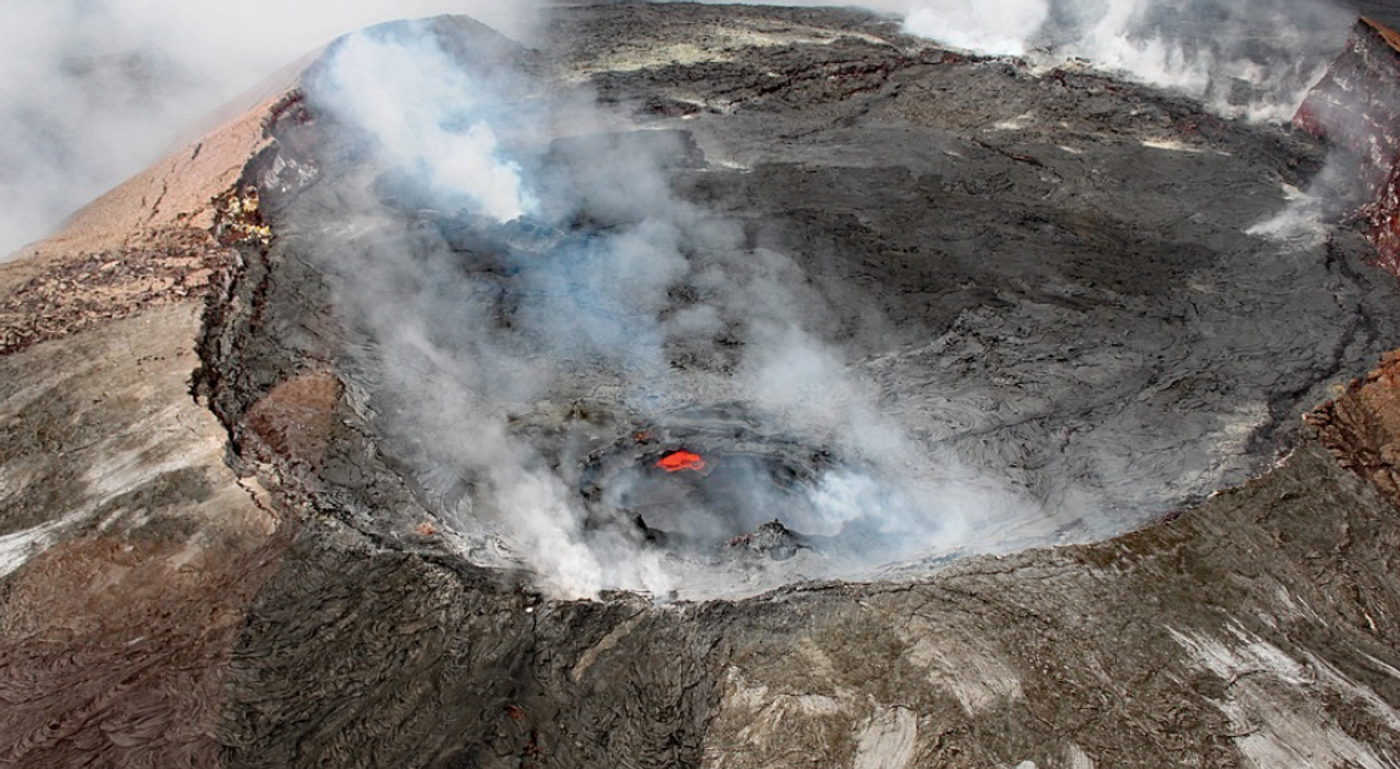Ancient Plate Tectonics May Have Helped Life Emerge on Earth
The outermost layer of the Earth is the crust. The continents sit on continental crust, which covers about 41 percent of the surface of the Earth; the remainder is covered by oceanic crust. The thickness of the crust varies, with some oceanic crusts being as thin as about eight kilometers, and continental crusts ranging from twenty to eighty kilometers thick.
The oldest stable continental crust is thought to have formed around four billion years ago, when it was mostly made up of basaltic rock that was about twenty to fifty kilometers thick. One crust may have covered the entire planet, which started to break up around 1 billion years later, into the individual plates that exist now.
However, researchers are beginning to rethink that theory. The movement of the plates on the surface of the Earth, known as plate tectonics, may have actually driven the formation of the continental crust, eventually forming the landmasses that we are familiar with today.
New work has investigated oceanic plateaus, which are huge, flat elevations with steep edges, that can represent the early crust that began to form from 3.6 to 4 billion years ago. Models of these oceanic plateaus were subjected to melting experiments, since crust formation likely involved volcanic activity and high temperatures and pressures. Melting can occur in the crust itself, or when plates converge to cause changes in the composition of magma.
This research indicated that continental crust cannot form when pressures are less than 1.4 GigaPascals (GPa) up to a depth of fifty kilometers. Chemical signatures found in ancient contiental crusts have signs of subduction. Thus, magmas probably formed as plates were converging and colliding. The study indicated that even primitive forms of plate tectonics were active as long as 4 billion years ago.
Plate tectonics still play a major role in processes like mountain formation, erosion, deposition, and volcanic activity, which can impact continental crust formation. Gases like methane and carbon dioxide, which were released by these ancient volcanoes, could have acted as prebiotic molecules that helped early forms of life arise on Earth. The study noted that understanding processes that occured on a young Earth can help us understand how the planet became a safe place for humans.
This work could also help us understand geology on other planets with tectonic activity like Mars and Venus.
Sources: Phys.org; Nature Geoscience Hastie et al, 2023; Nature Geoscience Nutman, 2023









